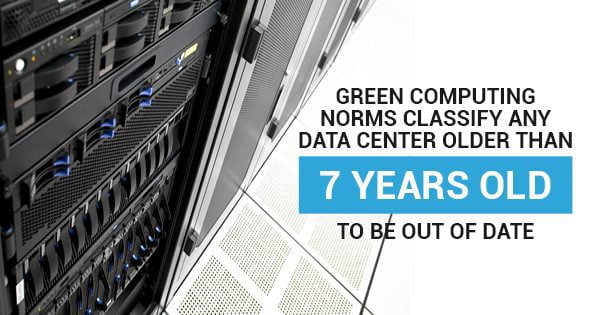
To prevent data loss, IT managers must run a data center with care and precision. Even the best centers have problems, however, causing the airflow to be less than optimal. If you are in charge of a data center, be sure that you are avoiding these common cooling mistakes. The function of your IT racks could depend on it.
- Unsealed Gaps:If the spaces underneath your server racks are completely open or not sealed enough, you are likely losing air. This cold air could be leaking into the hot aisle, creating inefficient airflow and incorrect aisle temperatures. Prevent this by sealing the spaces completely.
- Too Much Cooling:Over-cooling your data racks is skewing the optimal temperature, potentially hindering prime function. It is also a waste of energy and money. By pinpointing the target temperatures of both your hot and cold aisles, you will be creating a more sustainable and successful data center overall.
- Wasted Space:By having empty cabinets or an excess of unused space in the data center, you are allowing air to flow to places where it is not needed. By choosing the right size data center and utilizing all of the space you have, you can avoid this problem and conserve air for where you actually need it. If you have selected your data center space to accommodate future expansion, consider using temporary walls which will segregate your open space and the space which is occupied by cabinets.
- Faulty Humidity Sensors:Be sure that you are able to accurately calculate the center’s humidity to prevent excess moisture from doing major damage to the system. Have your humidity sensors inspected regularly to ensure that they are reading the actual humidity of the room. Otherwise, you are putting your data in jeopardy.
- Unknown Air Leakage:While it may seem obvious, unnoticed air leaks are some of the most common problems in data centers. Use a temperature camera to check if air is mixing between your hot and cold aisle containment. If you notice any leaks, be sure to address them immediately to prevent energy loss.
Older data centers and IT racks are especially at risk for these errors. Green Computing norms classify any data center older than seven years to be out of date, while the average life of a data center is normally nine years. If your data center has been around about this long without an update, perform a thorough inspection and select areas for improvement.
